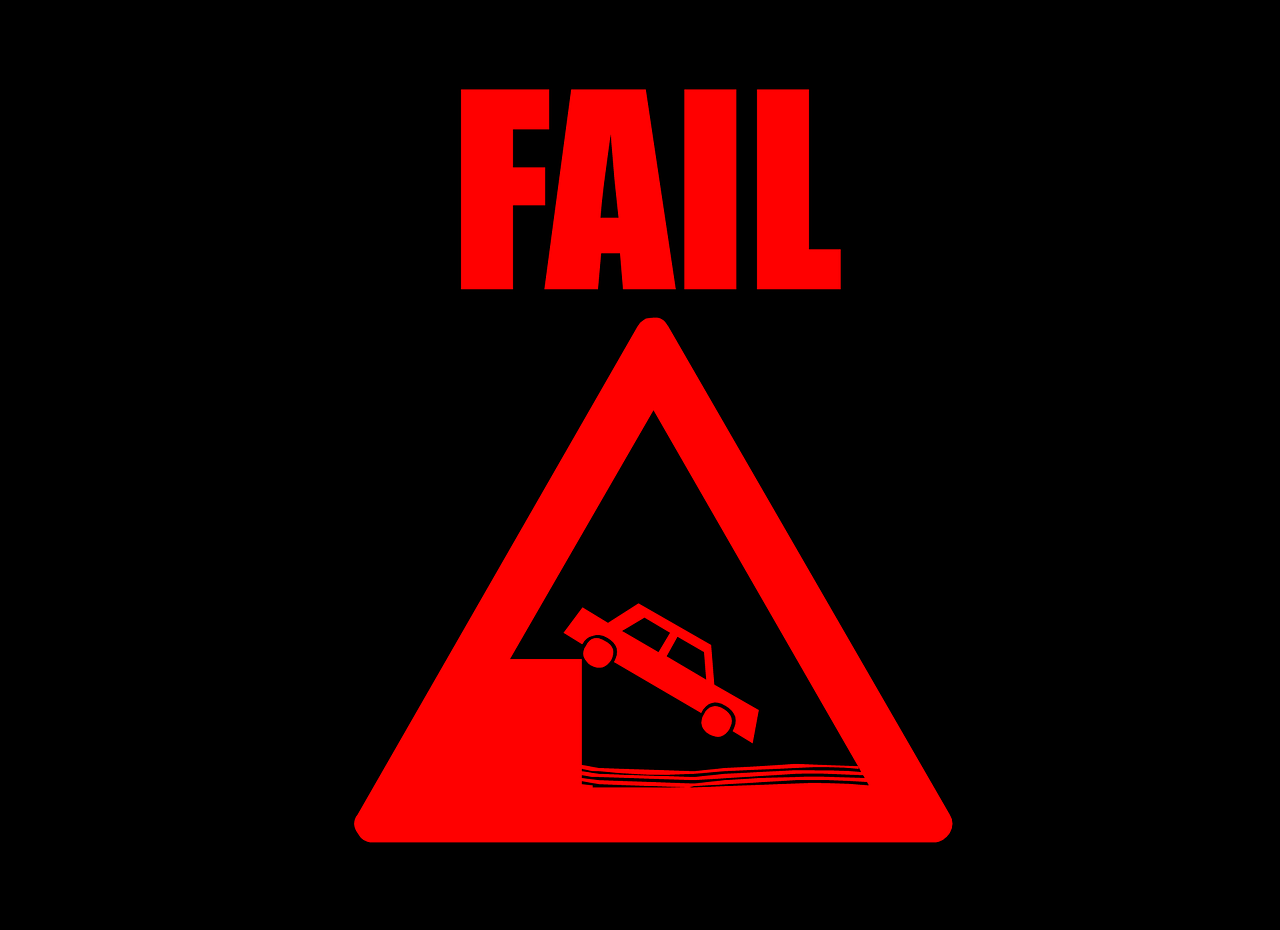Title: The Evolution of Cable Communication Interfaces
The evolution of cable communication interfaces has transformed the landscape of telecommunications. From their initial analog roots to the digital advancements of today, these interfaces have facilitated the distribution of voice, data, and video signals over coaxial cables. The evolution has been marked by significant technological innovations such as the transition from copper to fiber-optic cables, the development of high-speed data transmission standards, and the integration of multimedia services. These advancements have not only increased the speed and efficiency of communication but have also expanded the range of services available to consumers and businesses. Today, cable communication interfaces are essential components of modern telecommunications networks, supporting a wide array of applications including high-speed internet, television services, and voice over IP.
In today's interconnected world, the role of cables and their communication interfaces cannot be overstated. From the earliest days of telecommunications, when cables were used to transmit analog signals over long distances, to the digital age, where fiber-optic cables carry gigabits of data per second, the evolution of cable communication interfaces has been a key driver of technological progress.

In the early 20th century, the telephone cables used by the likes of Alexander Graham Bell and Charles Sumner Tainter were limited to voice frequencies and were subject to interference and degradation over distance. As technology advanced, however, cable communication interfaces began to incorporate more complex signal processing techniques, such as frequency division multiplexing (FDM) and amplitude modulation (AM), which allowed for the transmission of multiple signals over a single wire.
The advent of the digital age in the late 20th century brought about a revolution in cable communication interfaces. The transition from analog to digital signaling resulted in higher data rates, better signal quality, and greater bandwidth efficiency. This evolution was accelerated by the development of fiber-optic cables, which could carry signals over much longer distances than their copper counterparts, with negligible signal degradation.
Today, cable communication interfaces are integral to the operations of modern telecommunications networks, data centers, and cloud computing platforms. High-speed, high-capacity cables are required to meet the ever-increasing demand for data transmission and storage. As a result, modern cable communication interfaces must be designed to support data rates of several gigabits per second, while also addressing issues of latency, reliability, and scalability.
Looking ahead, the future of cable communication interfaces will be characterized by even higher data rates, lower latency, and better energy efficiency. With the rollout of 5G and future generations of mobile networks, cables will need to support data rates that are orders of magnitude higher than those required by current generation networks. Additionally, with the increasing adoption of IoT devices and the rise of machine learning and artificial intelligence, the demand for high-speed, low-latency cables will only continue to grow.
In conclusion, the evolution of cable communication interfaces has been a key factor in the technological progress of telecommunications and data transmission. From the early days of analog signaling to the digital age and beyond, cables and their associated interfaces have constantly evolved to meet the ever-increasing demand for data transmission and storage. As we look ahead to the future, it is clear that cable communication interfaces will continue to play a vital role in meeting the challenges of higher data rates, lower latency, and better energy efficiency.
Articles related to the knowledge points of this article:
The Cost of Communication Cables
Title: Hangzhou Jianye Cable’s Communication Cables: A Comprehensive Guide
Title: How to Read a Communication Cable Chromatogram
Introduction to Communication Cables
Title: The Address of Benxi Telecom Cable Factory
Communication Cable Production Environmental Pollution: Challenges and Solutions